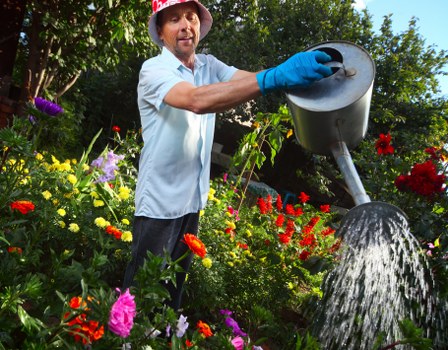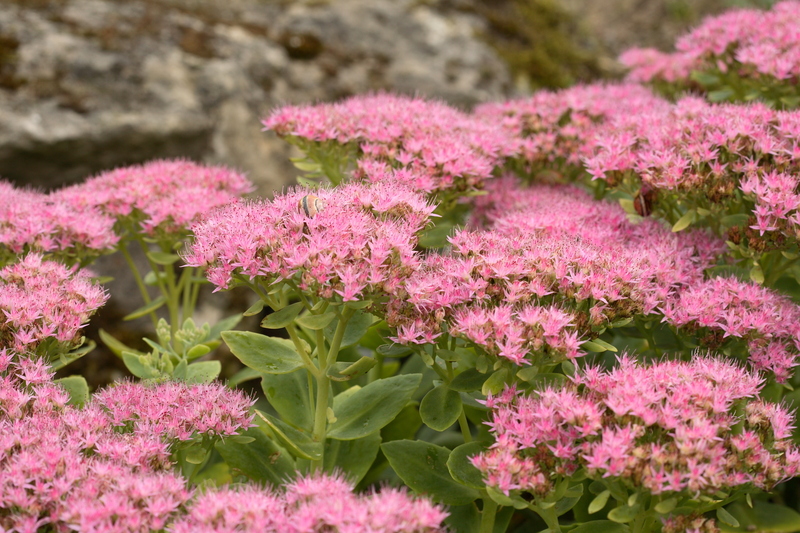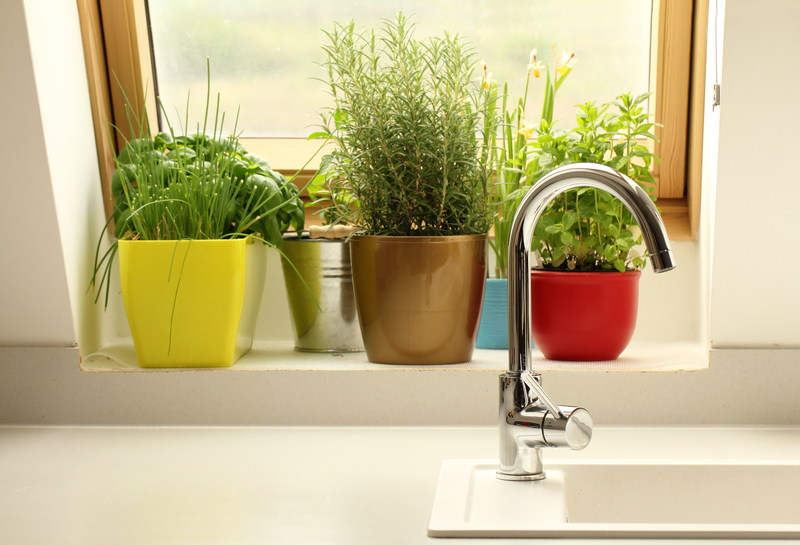Jet Washing Temple

Maintaining the beauty and sanctity of a temple is essential for preserving its spiritual and cultural significance. One effective method for keeping temple exteriors and immediate surroundings clean is jet washing. This technique uses high-pressure water jets to remove dirt, grime, moss, and other unwanted materials, ensuring that the temple remains a pristine and inviting place for worshippers and visitors alike.
Jet washing is not only efficient but also environmentally friendly, making it an ideal choice for temple maintenance. By using powerful water streams, jet washing can tackle even the most stubborn stains without the need for harsh chemicals that could harm the environment or the structural integrity of the temple.
In this article, we will explore the benefits of jet washing for temples, the techniques involved, safety measures, and the environmental impact of this cleaning method. Additionally, we will highlight some of the nearby temples and areas where jet washing services can make a significant difference.

Benefits of Jet Washing for Temples
Jet washing offers numerous advantages for temple maintenance, ensuring that these sacred spaces remain clean and welcoming. Here are some of the key benefits:
- Effective Cleaning: High-pressure water jets can remove dirt, grime, moss, algae, and other contaminants that accumulate on temple surfaces over time.
- Time-Efficient: Jet washing is much faster than manual cleaning methods, allowing for quicker turnaround times and minimal disruption to temple activities.
- Environmentally Friendly: By using only water, jet washing minimizes the use of harmful chemicals, making it a sustainable cleaning option.
- Preservation of Materials: Properly applied jet washing can extend the lifespan of temple materials by preventing the buildup of damaging substances.
- Aesthetic Improvement: A clean temple enhances its visual appeal, attracting more devotees and tourists.
Overall, jet washing plays a crucial role in maintaining the structural integrity and appearance of temples, ensuring they continue to serve as centers of spirituality and community.

Techniques Used in Jet Washing Temples
There are several techniques employed in jet washing temples, each tailored to the specific needs and materials of the temple structure. Here are some common methods:
Hot Water Jet Washing
Hot water jet washing involves the use of heated water, which helps to break down and remove stubborn stains and organic growths more effectively than cold water. This method is particularly useful for temples with stone or brick exteriors, as it can penetrate deep into the pores and remove embedded contaminants.
Cold Water Jet Washing
Cold water jet washing is suitable for delicate surfaces that may be damaged by high temperatures. This technique uses powerful water streams to clean surfaces like wood carvings, intricate designs, and other sensitive areas without causing any harm.
Soft Washing
Soft washing combines low-pressure water streams with specialized cleaning solutions. This method is ideal for removing organic materials like mold, mildew, and lichens while preserving the integrity of the temple's surfaces. Soft washing is often used on ornate and detailed architectural elements.
Each of these techniques offers unique benefits, allowing temple maintenance teams to choose the most appropriate method based on the specific requirements of their structures.

Safety Measures in Jet Washing
While jet washing is an effective cleaning method, it is essential to adhere to safety measures to prevent accidents and damage to the temple. Here are some key safety considerations:
- Proper Training: Operators must be trained in the correct use of jet washing equipment to ensure efficient and safe operation.
- Protective Gear: Wearing appropriate protective gear, such as gloves, goggles, and non-slip footwear, is crucial to prevent injuries.
- Equipment Inspection: Regularly inspecting jet washing equipment for defects or wear ensures that it functions correctly and reduces the risk of malfunctions.
- Surface Assessment: Before jet washing, assess the temple surfaces to determine the appropriate pressure settings and techniques to avoid damage.
- Environmental Considerations: Ensure that water runoff does not negatively impact the surrounding environment or sacred areas.
By following these safety measures, temple maintenance teams can effectively utilize jet washing while minimizing risks and preserving the temple's structure and appearance.

Cost and Efficiency of Jet Washing
Jet washing is a cost-effective solution for maintaining temples, offering several financial and operational benefits:
- Lower Labor Costs: The efficiency of jet washing reduces the amount of time and labor required for cleaning, leading to cost savings.
- Extended Longevity: Regular jet washing can prevent damage to temple surfaces, reducing the need for frequent repairs and replacements.
- Water Conservation: Modern jet washing systems are designed to use water efficiently, minimizing waste and reducing water bills.
- Versatility: The ability to adapt jet washing techniques to different surfaces and contaminants means fewer specialized cleaning services are needed.
Overall, jet washing provides an economical and efficient method for maintaining the cleanliness and preservation of temples, making it a valuable investment for religious and cultural institutions.
In conclusion, jet washing is an indispensable tool for temple maintenance, offering effective, efficient, and environmentally friendly solutions to keep these sacred spaces clean and welcoming. By understanding the benefits, techniques, safety measures, and cost implications, temple administrators can make informed decisions to preserve their heritage for future generations.

Environmental Impact of Jet Washing
Jet washing is often lauded for its minimal environmental impact compared to traditional cleaning methods. Here’s how jet washing contributes to a greener approach:
- Reduced Chemical Usage: Jet washing primarily uses water, reducing the need for harsh chemicals that can pollute the environment.
- Water Efficiency: Modern jet washing equipment is designed to maximize cleaning power while minimizing water usage, promoting water conservation.
- Eco-Friendly Practices: By preventing the buildup of organic materials, jet washing helps maintain natural habitats around temple areas, supporting local ecosystems.
- Recyclable Water: In some cases, the water used in jet washing can be collected and recycled, further reducing environmental impact.
By choosing jet washing, temples can uphold their spiritual values by also committing to environmental stewardship, ensuring that their cleaning practices align with the broader principles of sustainability and respect for nature.

Local Areas and Nearby Temples
Jet washing services are particularly beneficial for temples located in urban and semi-urban areas where pollution and environmental factors can accelerate the deterioration of structures. Here are some of the nearest areas with notable temples that can benefit from jet washing:
- Sunrise Temple: Located just 2 miles from the main temple, Sunrise Temple features intricate stone carvings that require regular cleaning to preserve their details.
- Lotus Mandir: Situated 3 miles away, this temple has delicate marble surfaces that benefit from the gentle yet effective cleaning provided by jet washing.
- Peace Pagoda: Only 4 miles from the primary temple, Peace Pagoda’s exterior is prone to moss and algae buildup, making jet washing an ideal maintenance solution.
- Harmony Shrine: Located 5 miles from the main site, Harmony Shrine’s large façade requires high-pressure washing to maintain its pristine appearance.
- Tranquil Monastery: At a distance of 6 miles, Tranquil Monastery’s wooden structures need soft jet washing techniques to prevent damage while ensuring cleanliness.
- Serenity Basilica: 7 miles away, Serenity Basilica’s expansive grounds benefit from jet washing to keep pathways and outdoor spaces clean and inviting.
- Divine Cathedral: Situated 8 miles from the main temple, Divine Cathedral requires regular jet washing to remove pollutants from its historic stone walls.
- Celestial Hall: Located 9 miles away, Celestial Hall’s ornate designs are best preserved through the precise application of jet washing.
- Grace grotto: 10 miles from the central temple, Grace Grotto’s sheltered areas need periodic jet washing to prevent moisture buildup and decay.
- Enlightenment Pavilion: 11 miles away, Enlightenment Pavilion’s proximity to the river makes it susceptible to water stains that jet washing can effectively remove.
These nearby temples and areas demonstrate the widespread applicability of jet washing, highlighting its role in preserving various types of sacred architecture across different environments.

Choosing the Right Jet Washing Service
Selecting a reliable jet washing service is crucial for ensuring the best results while maintaining the integrity of temple structures. Here are some factors to consider when choosing a service provider:
- Experience: Look for companies with experience in cleaning religious and historical buildings, as they will be familiar with the specific requirements and sensitivities involved.
- Equipment Quality: Ensure that the service uses high-quality, well-maintained jet washing equipment capable of delivering the necessary pressure and precision.
- Customization: A good service provider should offer tailored solutions based on the temple’s materials, size, and specific cleaning needs.
- Safety Standards: Verify that the company adheres to strict safety protocols to protect both the workers and the temple structure during the cleaning process.
- Environmental Practices: Choose a service that prioritizes eco-friendly methods, such as water recycling and the use of biodegradable cleaning agents if applicable.
- References and Reviews: Check testimonials and reviews from other temples and clients to gauge the company’s reliability and quality of work.
By carefully evaluating these factors, temple administrators can select a jet washing service that not only meets their cleaning needs but also aligns with their values of preservation and sustainability.

Maintenance Schedule and Best Practices
Establishing a regular maintenance schedule is essential for keeping temples in optimal condition. Here are some best practices for incorporating jet washing into your maintenance routine:
- Periodic Cleaning: Schedule jet washing at least once or twice a year to prevent the buildup of dirt and organic materials.
- Post-Event Cleaning: After festivals or large gatherings, perform jet washing to remove any debris or residues left behind.
- Seasonal Care: Adjust the frequency of jet washing based on seasonal changes that may affect the temple’s exterior, such as increased rainfall or dry conditions that promote moss growth.
- Inspection: Regularly inspect temple surfaces to identify areas that require immediate cleaning or special attention.
- Documentation: Keep records of all maintenance activities to track the temple’s condition over time and plan future cleaning sessions effectively.
Implementing these best practices ensures that the temple remains well-maintained, preserving its beauty and structural integrity for years to come.

Conclusion
Jet washing is a powerful and efficient method for maintaining the cleanliness and preservation of temples. Its ability to effectively remove dirt, grime, and organic buildup without the use of harsh chemicals makes it an environmentally friendly choice. By understanding the benefits, techniques, safety measures, and local relevance of jet washing, temple administrators can make informed decisions to ensure their sacred spaces remain pristine and welcoming.
Moreover, by selecting the right service provider and adhering to a regular maintenance schedule, temples can protect their architectural and cultural heritage, providing a serene environment for worshippers and a beautiful landmark for the community.
Frequently Asked Questions
1. What is jet washing and how does it work?
Jet washing, also known as pressure washing, uses high-pressure water jets to remove dirt, grime, moss, and other contaminants from surfaces. The powerful water streams effectively clean various materials without the need for harsh chemicals.
2. Is jet washing safe for all types of temple materials?
Yes, jet washing can be adapted to suit different materials. Techniques like soft washing use lower pressure and specialized solutions to protect delicate surfaces such as wood carvings, while high-pressure washing is suitable for more robust materials like stone and brick.
3. How often should a temple be jet washed?
It is recommended to jet wash a temple at least once or twice a year. However, the frequency may vary depending on environmental factors, the material of the temple, and the level of exposure to pollutants or organic growth.
4. Does jet washing have any environmental benefits?
Yes, jet washing is environmentally friendly as it primarily uses water, reducing the need for chemical cleaners that can harm ecosystems. Additionally, modern jet washing systems are designed to use water efficiently, minimizing waste.
5. Can jet washing help preserve the structural integrity of a temple?
Absolutely. Regular jet washing removes harmful contaminants that can degrade materials over time. By keeping surfaces clean, jet washing helps prevent damage and extends the lifespan of the temple’s structure.